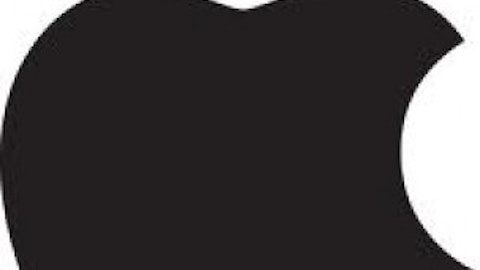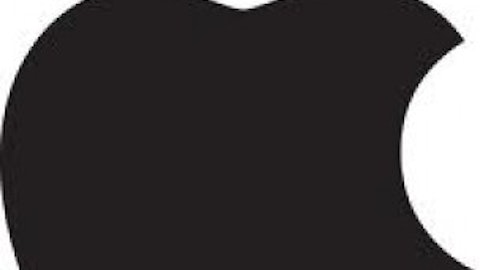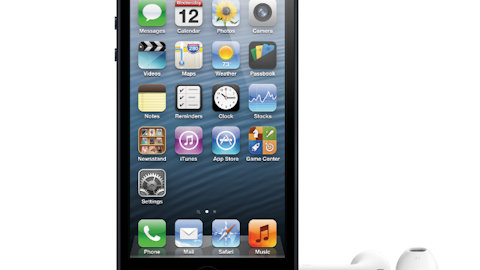Additionally, it means no access to DVRed shows or Video on Demand (unless the cable company provides an Xbox app). That means users will have to switch interfaces to access those features. That’s the main thing holding all smart TVs back, but Microsoft Corporation (NASDAQ:MSFT) has taken a step in the right direction with its Xbox One. The company is also reportedly in talks with cable companies to integrate DVR and On Demand services.
With 46 million current Xbox Live subscribers, Microsoft clearly has no problems convincing Xbox owners to subscribe to its service. With hardware and software upgrades geared toward the masses, the Xbox One may appeal to an even larger crowd. Rumor has it Microsoft may subsidize the Xbox One’s price by locking in subscribers to an Xbox Live subscription, which ought to help boost sales and reduce churn.
Microsoft’s main competition, Sony Corporation (ADR) (NYSE:SNE), is staying true to the term “game console” focusing on hardcore gamers. Nintendo’s Wii U is experiencing a slow start to sales in its first eight months on the market. Considering its wider appeal and less fierce competition, Microsoft has the potential to have the best selling “game console” of all-time with the Xbox One.
Apple Inc. (NASDAQ:AAPL)
Apple Inc. (NASDAQ:AAPL) has long been rumored to be creating some sort of television. But it’s had its toes in the water with its Apple Inc. (NASDAQ:AAPL) TV product for years. Recently, the company reported sales of Apple Inc. (NASDAQ:AAPL) TV devices surpassed 13 million. Interesting to note, about half of those sales came in the last year as smart TVs become increasingly common.
But the functionality of Apple Inc. (NASDAQ:AAPL) TV is severely limited. It’s a testament to Apple Inc. (NASDAQ:AAPL)’s branding and marketing prowess that it’s been able to sell as many units as it has. Apple Inc. (NASDAQ:AAPL)’s closed system means fewer apps on the platform. The interface, while satisfactory and clean, still leaves something to be desired.
The problems with Apple TV can be fixed. Apple doesn’t need to make an entire TV set to do so (it might), it just needs to make a high-end version of Apple TV and perhaps upgrade the user interface. But the real coup for Apple, or any other set top box manufacturer, would be a deal with pay-TV companies.
Working in conjunction with cable and satellite companies would allow Apple to integrate its internet features with pay-TV features unlike anyone else. More importantly, it means pay-TV providers will be pushing the product for Apple. Apple could even get cable companies to subsidize the price of the box.
If any company has the sway to pull something like that off, it’s Apple. It did it with the iPhone and AT&T. Why not the Apple TV and Comcast?
Why set top boxes?
Theoretically, many of the same interface capabilities could be incorporated into a smart TV, but there are several factors that hold back companies like Apple and Microsoft from entering the smart TV business. First, the television upgrade cycle is rather slow. Most homes don’t buy a new TV every couple years. Second, TV sales are declining. Shrinking markets are rather unappealing to businesses. Finally, the margins on TV sets are only about 15%. Apple is used to margins closer to 40%.
While the margin on set top boxes isn’t necessarily better, they appeal to a much wider audience. They are more quickly adopted, and can make up for margin with volume. If you make a great product, people will buy it at any price. Economics 101 taught me more people will buy it at a lower price. A set top box can offer the same capabilities as a smart TV at a lower price. It’s just a matter of who perfects it first.
The article Forget Smart TVs, Give People a Box originally appeared on Fool.com.
Adam Levy owns shares of Apple. The Motley Fool recommends Apple. The Motley Fool owns shares of Apple and Microsoft. Adam is a member of The Motley Fool Blog Network — entries represent the personal opinion of the blogger and are not formally edited.
Copyright © 1995 – 2013 The Motley Fool, LLC. All rights reserved. The Motley Fool has a disclosure policy.




